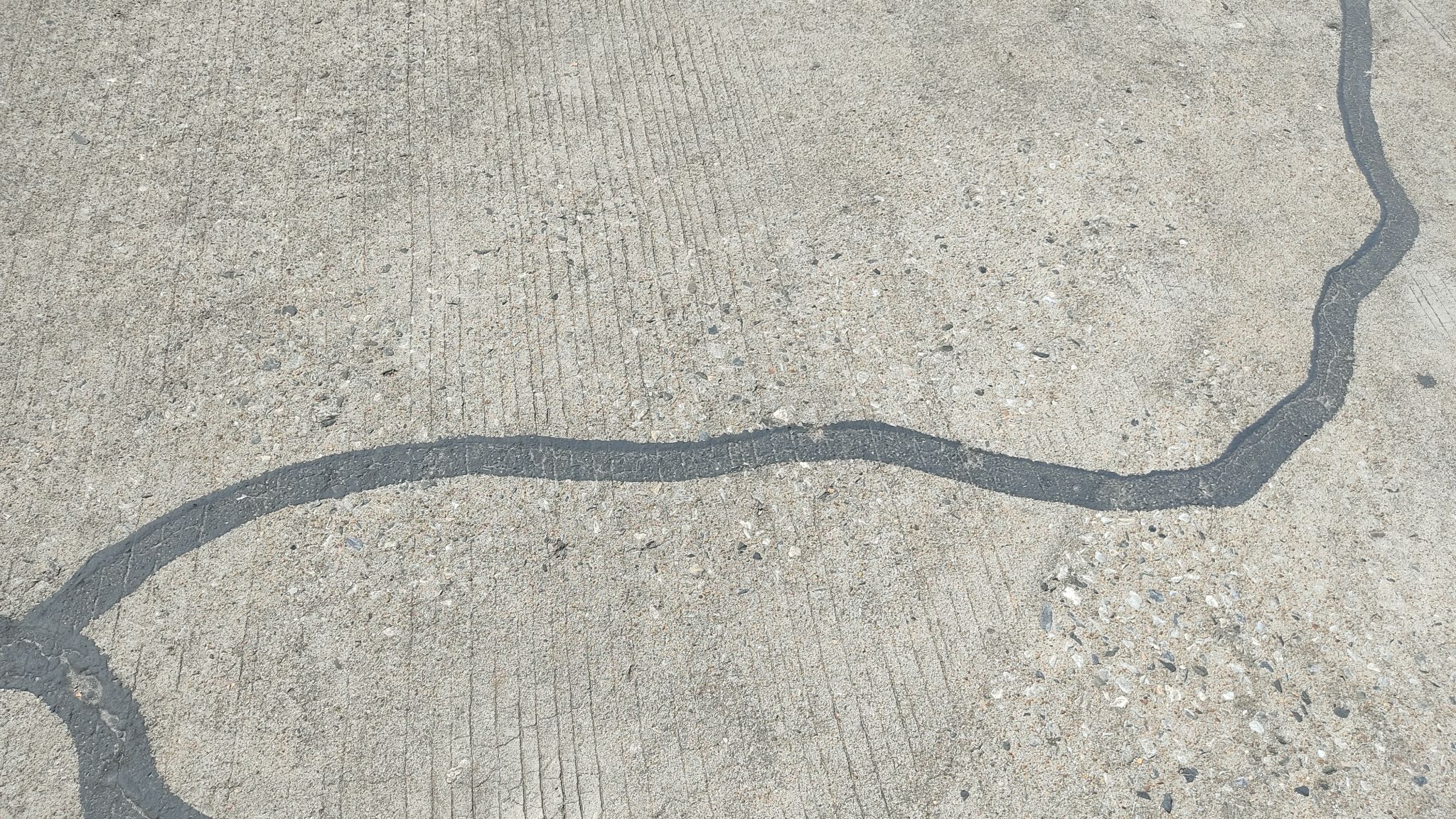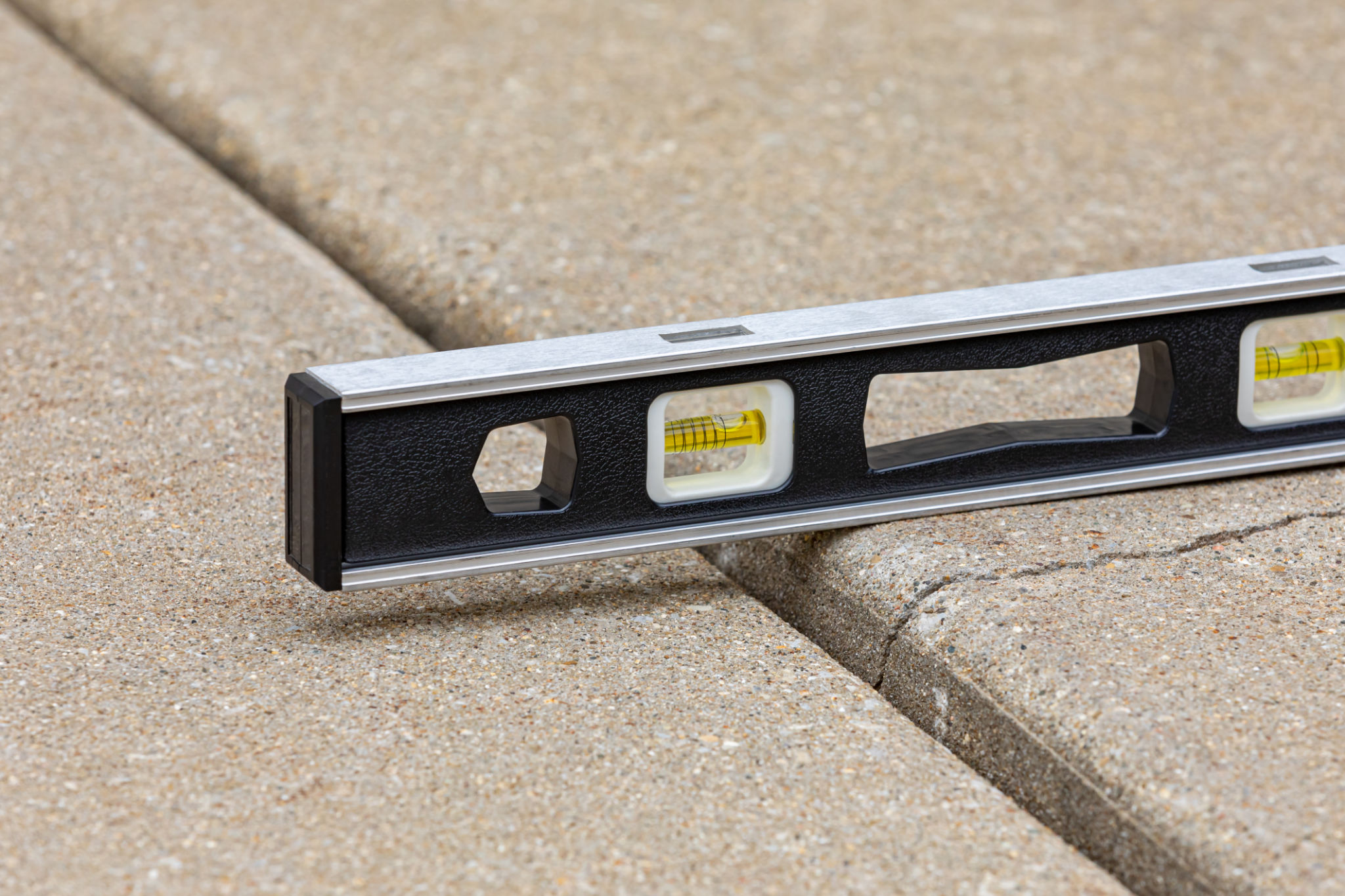Top Signs Your Driveway Needs Better Water Management
Recognizing the Impact of Poor Water Management
If you've been noticing issues with your driveway, it might be time to consider whether water is the culprit. Poor water management can lead to a host of problems that not only affect the aesthetics of your property but also its structural integrity. Understanding the signs of inadequate water management can help prevent costly repairs down the line.

Pooling Water and Puddles
One of the most obvious signs your driveway needs better water management is the presence of standing water. After a rainstorm, if you notice puddles that linger for days, this could indicate improper drainage. Pooling water can lead to erosion and can weaken the foundation of your driveway over time.
To address this, consider installing a drainage system or regrading the area to encourage water to flow away from the surface. Regular maintenance and cleaning can also help keep your drainage system functioning properly.
Cracks and Surface Damage
Cracks in your driveway can often be attributed to poor water management. Water that seeps into small cracks can freeze and expand, causing the cracks to widen and deepen. This process, known as freeze-thaw cycling, can significantly damage concrete and asphalt surfaces.

Frequent inspection and sealing of small cracks can help mitigate this issue. Additionally, ensuring proper water drainage will reduce the likelihood of water seeping into these vulnerable areas.
Sinking or Uneven Surfaces
If parts of your driveway appear to be sinking or have become uneven, this may indicate a problem with subsurface water management. When water accumulates beneath your driveway, it can erode the soil, causing sections to sink or heave.
Solutions for this issue might include installing a French drain or other subsurface drainage systems. These solutions help redirect water away from the area, preventing further erosion and maintaining a level surface.

Growth of Mold or Mildew
Mold and mildew thrive in damp environments. If you notice these growths on your driveway, it could be a sign that water is not draining properly. Not only does this affect the appearance of your property, but it can also make surfaces dangerously slippery.
Regular cleaning and the application of anti-fungal treatments can help manage mold and mildew growth. More importantly, addressing the underlying drainage issue will prevent these problems from recurring.
Conclusion: Proactive Measures for Driveway Maintenance
Taking proactive steps to manage water on your property can save you time, money, and hassle in the long run. By identifying signs of poor water management early, you can implement solutions that protect both the beauty and functionality of your driveway.
Consider consulting with a professional to assess your property's drainage needs. With the right measures in place, you can ensure that your driveway remains in excellent condition for years to come.